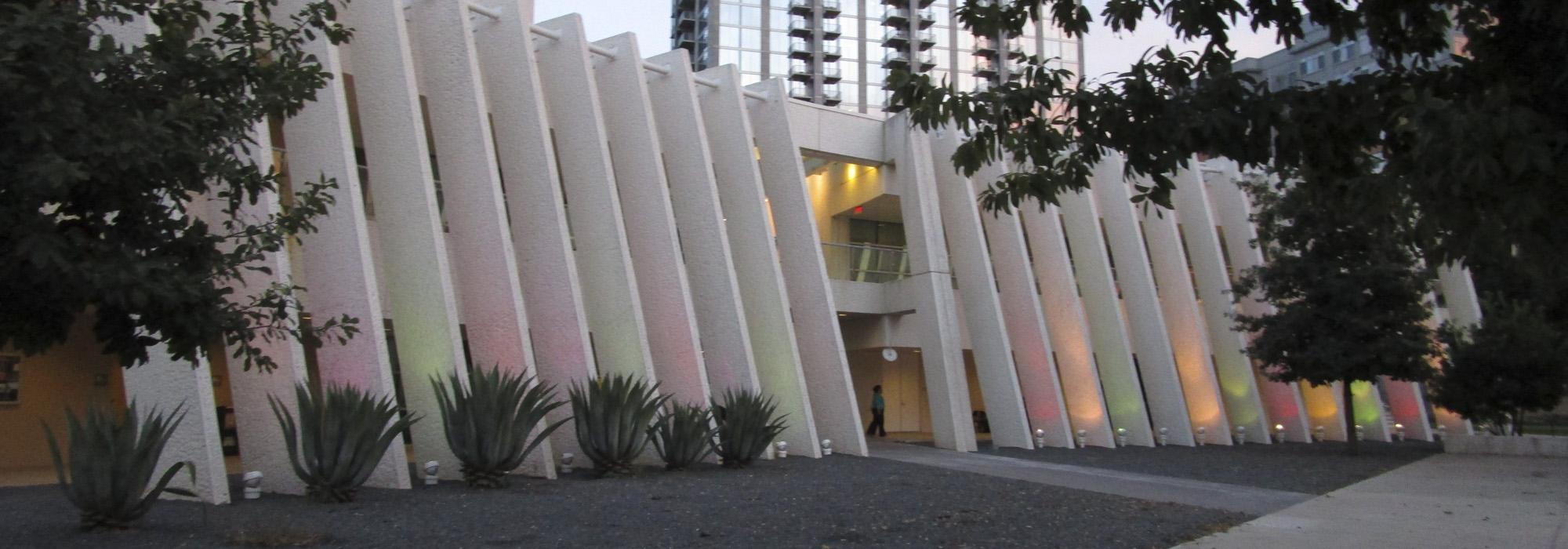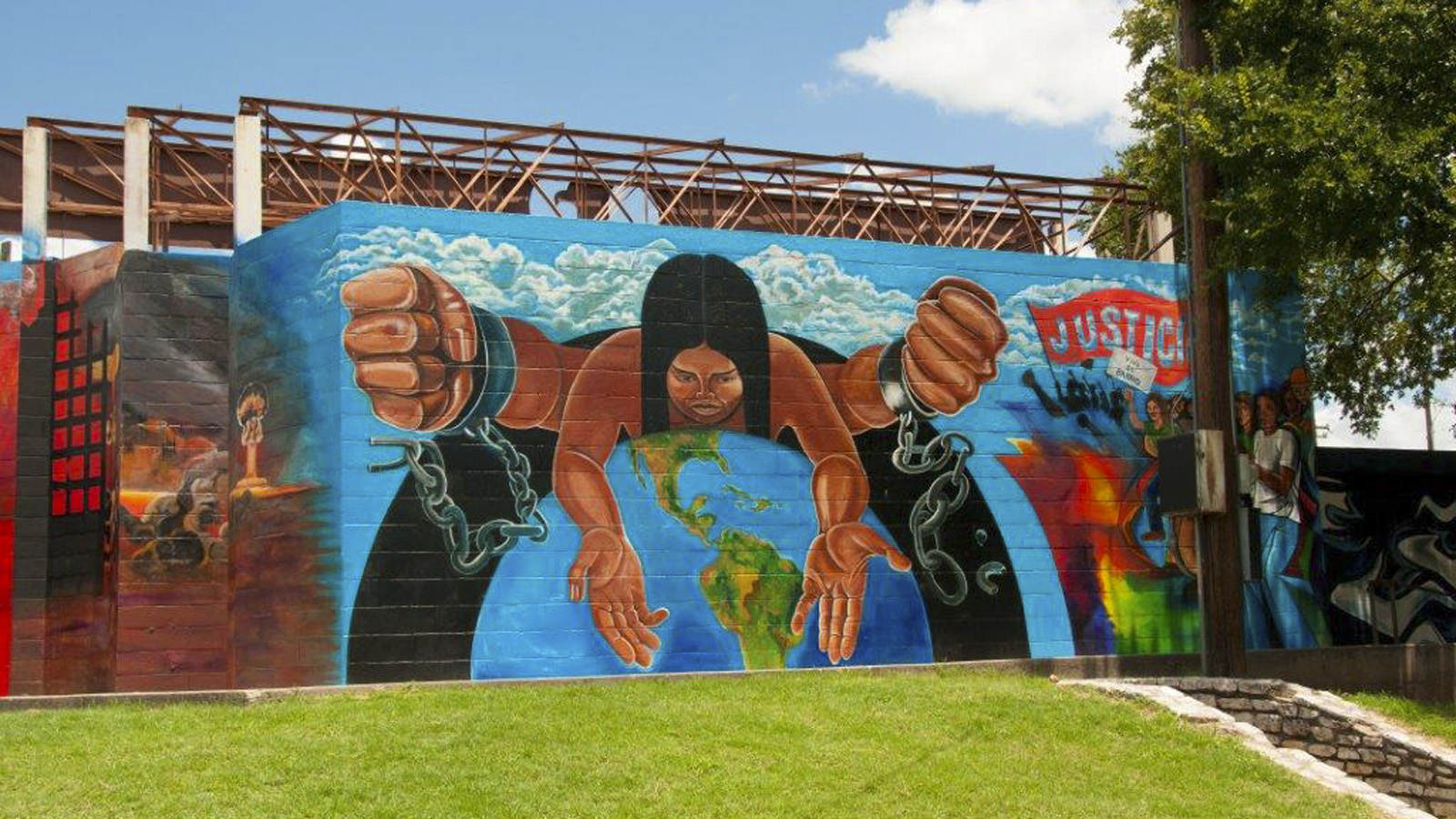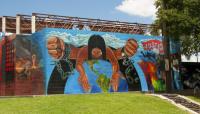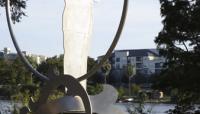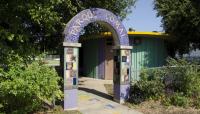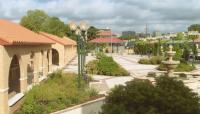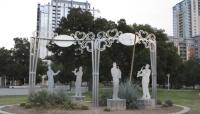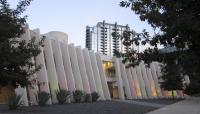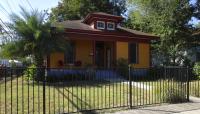Landscape Information
One of Austin’s oldest neighborhoods, the East César Chávez district is located north of the Colorado River and east of downtown. Purchased by Sam and Raiford Mason in 1867, the area (known then as Masontown) was settled by African Americans following the signing of the Emancipation Proclamation. In 1871, the Houston and Texas Central Railroad constructed a freight depot to the north of the neighborhood, and the Scoot Inn, which catered to travelers, was opened the same year. By the 1880s, Eastern European immigrants had arrived in the area southwest of Masontown, constructing Victorian-style homes on large lots shaded by pecan and oak. Later, Mexican Americans, escaping the Mexican Revolution that began in 1910, began to relocate to the area. In 1936, a New Deal program resulted in the construction of the Zavala Elementary School. In 1940, a 30-acre national fish hatchery was established in the southeast section of the neighborhood on the Colorado River, with ponds dug by local members of the National Youth Administration. The Chalmers Court Apartments—segregated public housing—were built with federal funding provided by the Housing Act of 1937. Nearby, the Latin American Center was established in 1942, and a recreation center and the five-acre Pan Am Park opened in 1956, with an amphitheater added in 1958. Although severed from downtown by the construction of 1-35 in the 1950s, the neighborhood remains one of Austin’s vital cultural landscapes, with numerous public art installations as well as interpretive walks designated as National Recreation Trails. The Willow-Spence Streets Historic District, comprising the area developed in the 1880s, was listed in the National Register of Historic Places in 1985.



